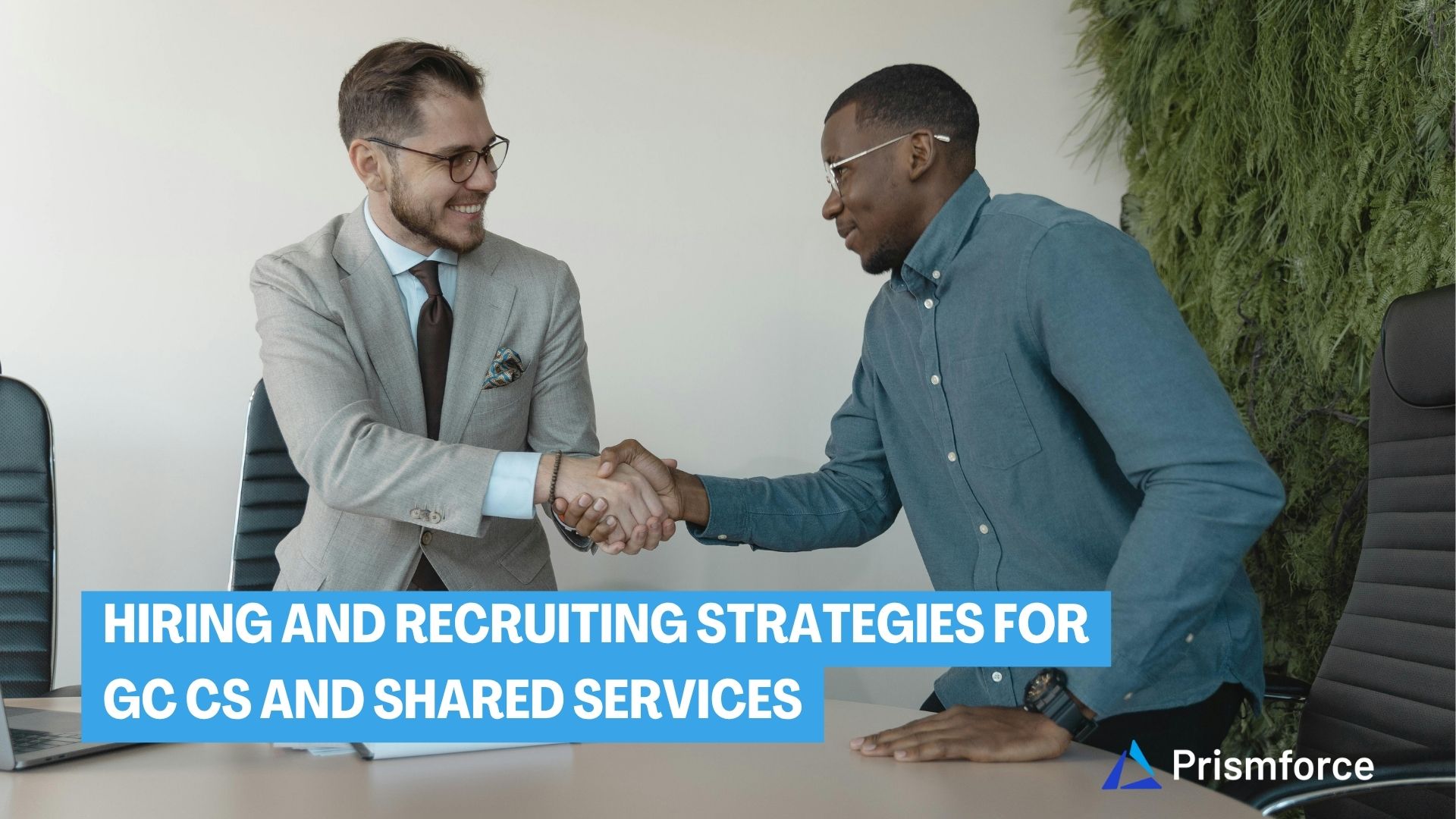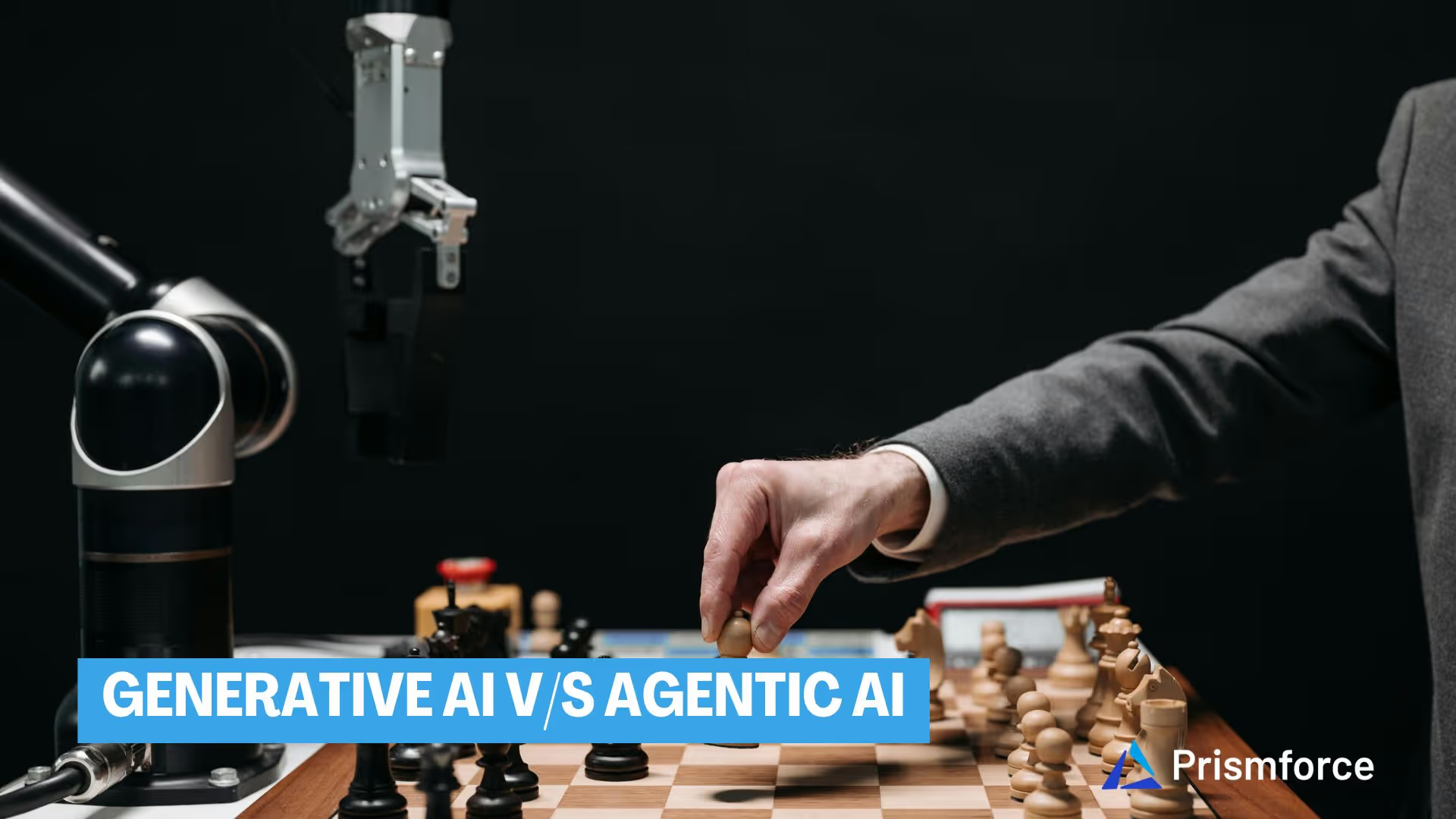
Research shows that organizations using HR automation see up to a 26% reduction in HR hours spent on routine work like screening resumes and scheduling interviews, along with 30% cost savings per hire through more efficient onboarding and recruitment.
AI is also reshaping HR in more strategic ways. Nearly 46% of HR leaders report stronger analytics capabilities in their teams, while 35% say AI has improved learning and development programs.
This is the real opportunity. When systems can take meaningful actions instead of only producing dashboards, HR shifts from fixing problems to shaping the workforce of tomorrow.
That’s what Agentic AI does. It’s the difference between HR being reactive and HR becoming the growth engine for your company.
What is Agentic AI in Talent Operations?
Agentic AI is not just another automation tool. It’s a set of intelligent agents that act with a goal in mind. Instead of simply analyzing data or giving reports, they actually do something with it.
Think about a platform that maps employee skills to open roles, then automatically kicks off development recommendations for someone who’s almost “succession ready.” Or a system that tracks performance data in real time, notices a drop in engagement, and sets up a feedback loop with the manager.
The key here is autonomy with accountability. Agents can start a process, recommend a next step, or even automate a decision. But the final call — especially for people-related outcomes like hiring — stays with humans.
Why Agentic AI Matters Right Now
HR has been talking about automation for years, but here’s what the numbers show:
- A recent McKinsey study found that although adoption of AI is rising fast, only a small percentage of organizations have figured out how to scale it across functions like HR and people ops. That’s a huge missed opportunity.
- According to Atlassian’s workplace research, employees using AI save over an hour a day on routine tasks. But unless those savings are reinvested into better workforce planning, the benefits stop at the individual level.
- LinkedIn data shows internal mobility is becoming a major driver of retention. Companies that enable career moves internally are much more likely to keep their people.
Put simply: the tools exist, the need is urgent, and the business case is strong. Agentic AI gives HR teams the ability to act, not just analyze.
The Core Building Blocks
When you look under the hood, most agentic platforms for talent operations have a few common ingredients:
- A unified talent profile that pulls data from HRIS, ATS, LMS, and performance systems.
- A skills graph that links skills to roles and identifies gaps.
- A layer of agents that monitor signals, recommend actions, and initiate workflows.
- Dashboards and alerts that track engagement, readiness, and performance in real time.
- Built-in oversight controls so every action is logged, explainable, and auditable.
It’s less about one magical model, more about how these pieces work together to keep talent workflows moving without constant human babysitting.
Practical Use Cases
If you’re wondering where to start, here are the areas companies are piloting first:
- Internal mobility: Match internal candidates to open roles and auto-initiate conversations.
- Personalized learning: Launch role-based learning paths when a skill gap is detected.
- Succession planning: Flag successors, recommend rotations, and track readiness scores.
- Onboarding: Auto-schedule sessions, deliver tailored learning, and collect feedback.
- Attrition risk: Spot early warning signs and nudge managers with suggested actions.
- Workforce planning: Run “what if” scenarios and optimize hiring vs. upskilling decisions.
How to Get Started Without Overcomplicating It
The best advice: don’t try to boil the ocean. Pick one workflow that’s high-value and easy to measure. Internal mobility is often a safe bet.
- Step 1: Identify your baseline. What’s your current time-to-fill? What percent of roles are filled internally?
- Step 2: Launch a simple pilot with one agent (for example, a mobility agent that recommends internal candidates weekly).
- Step 3: Measure impact over 60–90 days. Did time-to-fill improve? Did internal moves increase? What feedback did managers give?
- Step 4: Share wins and expand to other workflows like learning or succession.
The key is to move in quick, manageable cycles, not 18-month HR tech projects that stall before showing value.
Best Practices to Keep in Mind
- Always keep humans in the loop for final decisions.
- Focus on business outcomes, not just AI model accuracy.
- Build trust by making recommendations explainable.
- Set clear governance and audit processes early.
- Communicate constantly with managers and employees about what the system is doing and why.
Quick FAQ
Is agentic AI the same as HR automation?
No. Automation runs fixed rules. Agentic AI adapts to data in real time and takes initiative.
Can it replace hiring managers?
Not at all. It can recommend, initiate, and track, but humans make the people decisions.
What size company should consider this?
Any company with a functioning HRIS and ATS can pilot. Larger firms see faster ROI because the talent base is bigger.
How do you measure ROI?
Look at time-to-fill, percent of internal hires, retention after 12 months, and promotion velocity.
The Big Picture
Agentic AI won’t replace HR teams. What it will do is take the friction out of processes that keep you from focusing on people strategy. Instead of chasing data and approvals, you get to focus on outcomes: stronger retention, faster mobility, smarter workforce planning.
If you start small, measure well, and scale responsibly, agentic AI can turn HR from an operational service into a true driver of business growth.



.jpg)

